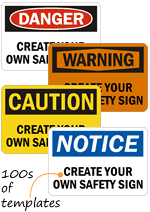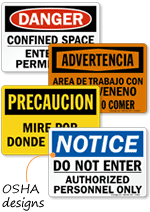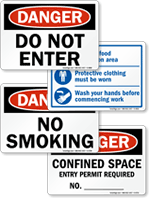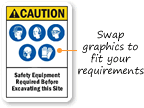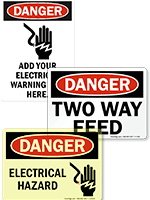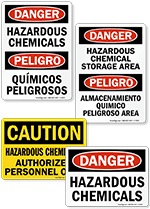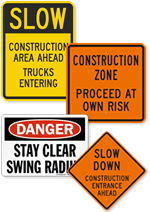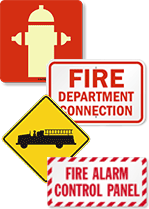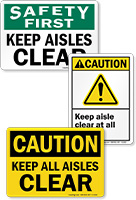Debbie Moore
Debbie Moore's Latest Posts

Do I Have to Put Out Salt When it Snows? How Does Road Salt Work?
Generally speaking, the answer will depend on your local laws, but most snow-removal laws just require you to remove snow and ice buildup rather than requiring any specific method. New York’s local law, for example, requires property owners or tenants to clean the snow and ice from the front of their properties, within a specified […]

What are my heating obligations to my customers?
It’s the middle of the winter and the weather is bad. (Right now, it’s 18 degrees out in New York City, where I’m writing from.) Heat is expensive, and you, a business owner, want to know just how much is required by law. In general, these requirements are set by state and local law, but […]

What’s my Liability for Slips and Falls Due to Winter Weather?
Winter is here! And with the holiday season comes the hazards of harsh winter weather. According to the federal Bureau of Labor Statistics, 42,840 people were injured on the job by ice, sleet or snow in 2014. So, what are your obligations as a business owner or landholder for those kinds of injuries on your […]

Keeping Co-Workers Safe from Nail Gun Injuries
If you routinely use a nail gun at work, you should be aware of just how dangerous it can be if used improperly. Nail gun injuries send 37,000 people to emergency rooms each year, and these visits are not limited to those directly working with nail guns. OSHA estimates that about 1 in 10 nail […]

Using Eye Protection in Healthcare Settings
The first patent for eye protection which was a sanitary face shield was granted to Ellen Dempsy of Albany, New York, in 1903. It was primarily invented for “automobilists” but it was also intended to protect people from breathing in airborne germs. Today the need for PPE is even more pronounced as healthcare providers are […]

Minimum Clearance Around Electrical Panels (Carrying 600 Volts or Less)
Insufficient clearance around electrical panels is one of the many electrical hazards that can endanger worker safety. Obstructed access to panelboards can prevent personnel from shutting down the source of power in the event of an accident. Blocking electrical panels is a violation of regulations set by the federal Occupational Safety and Health Administration (OSHA) […]
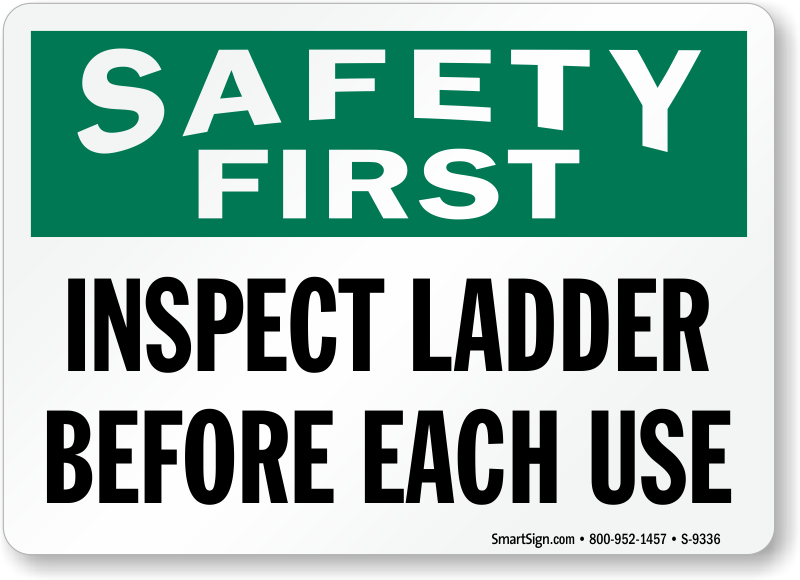
Guide to Inspect Ladders and Work Safely on Them
Falls remain the leading cause of unintentional death nationwide. Falls from ladders make up 20 percent of all fall injuries and fatalities in general industry. In the construction industry, this number is even higher, at 80 percent. Falls from ladders are attributed to one or more of the following: Poor condition of the ladder Incorrectly […]
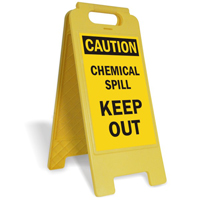
How to Clean Up Chemical Spills in the Lab
Whether large or small, spills require caution and skill to contain them safely. Here’s a quick general response guide on how to clean up chemical spills in the lab. If the spill can result in vapors or airborne dust, shut doors and windows to the lab and increase ventilation through fume hoods. If your facility’s […]

Safety Checklist: Forklift Battery Charging Areas
Charging forklift batteries requires training and caution due to the batteries’ weight, the corrosive sulfuric acid contained within, the possibility of explosive hydrogen fumes, and the chance of electric shocks on unprotected exposure. The Occupational Safety and Health Administration (OSHA) standard, 29 CFR 1910.178(g), lays out the safety requirements for forklift battery charging areas. 1. […]
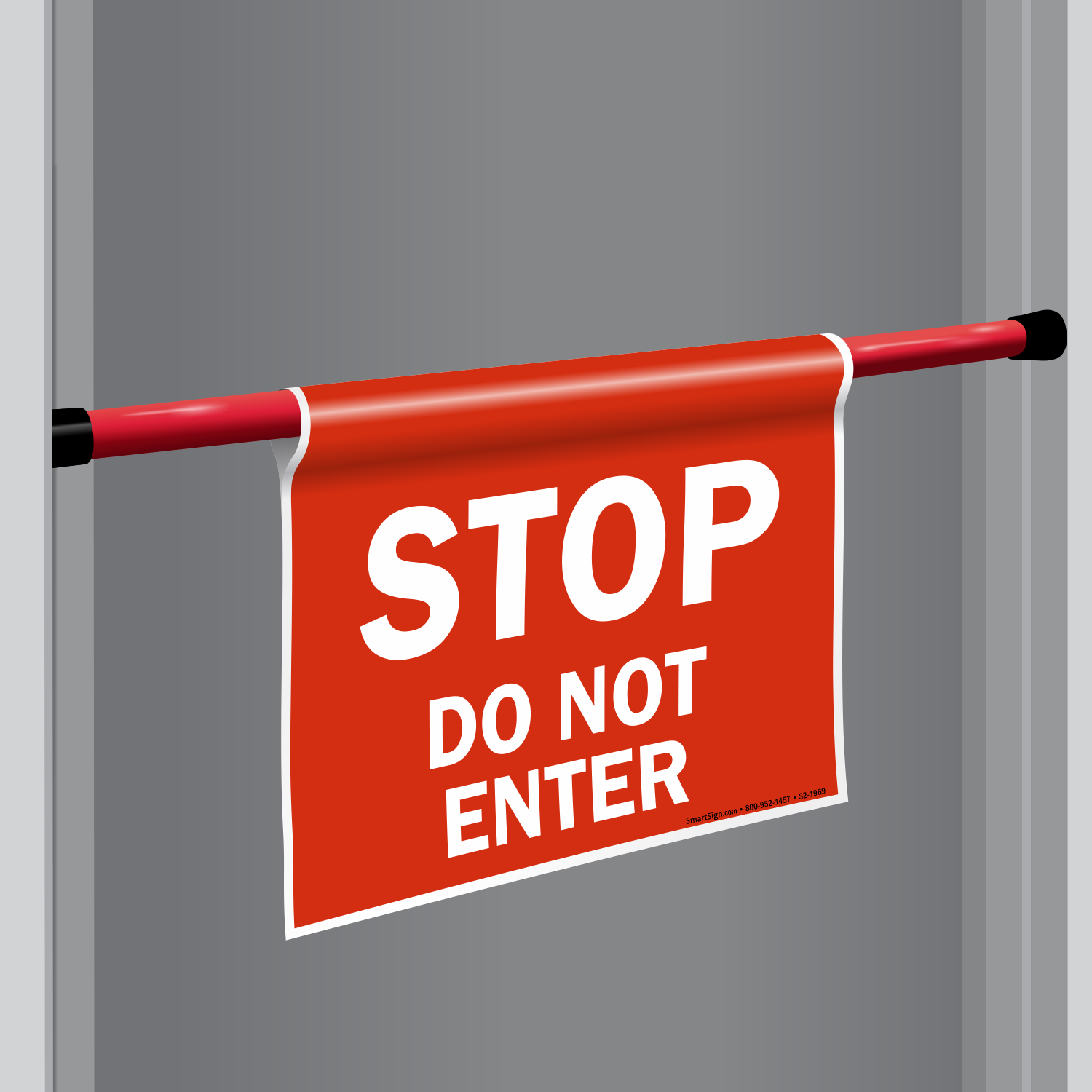
DoorBoss Signs: Portable, Lightweight Safety Barriers
It’s critical that both your staff and your guests understand the hazards that surround them. It’s even more important that untrained workers stay away from hazardous areas in your establishment. Safety signs are effective in doing this. However, language barriers and ambiguous warnings can cause workers to unwittingly walk into danger. Our DoorBoss Signs solve […]

Truss construction: What It Is and How to Warn Firefighters
Lightweight truss construction is increasingly common in modern buildings. This type of construction is heavily reliant on prefabricated parts as opposed to being built on site, using long chords at top and bottom and webs to keep the arc in place. (About ⅔ of new commercial and residential construction uses truss construction.) While lightweight truss […]


